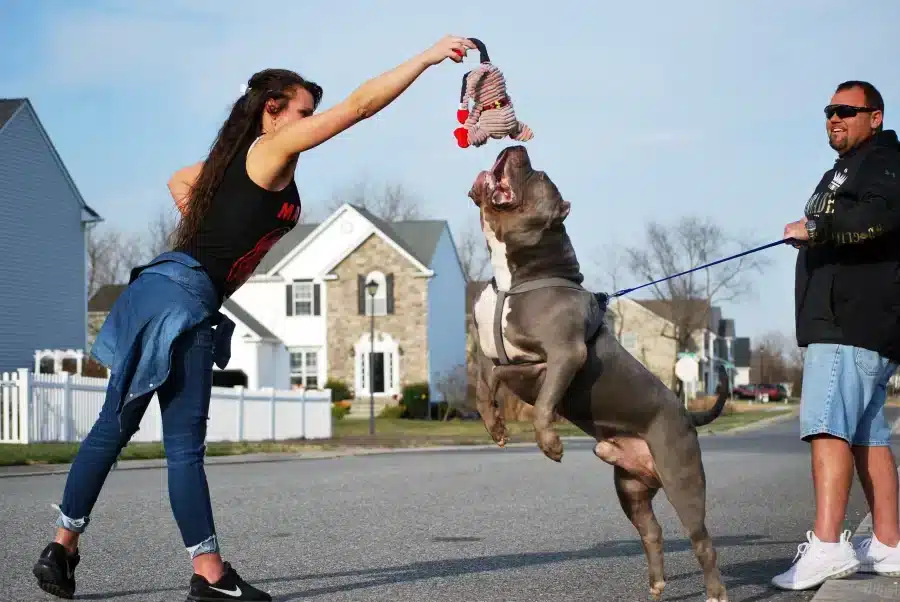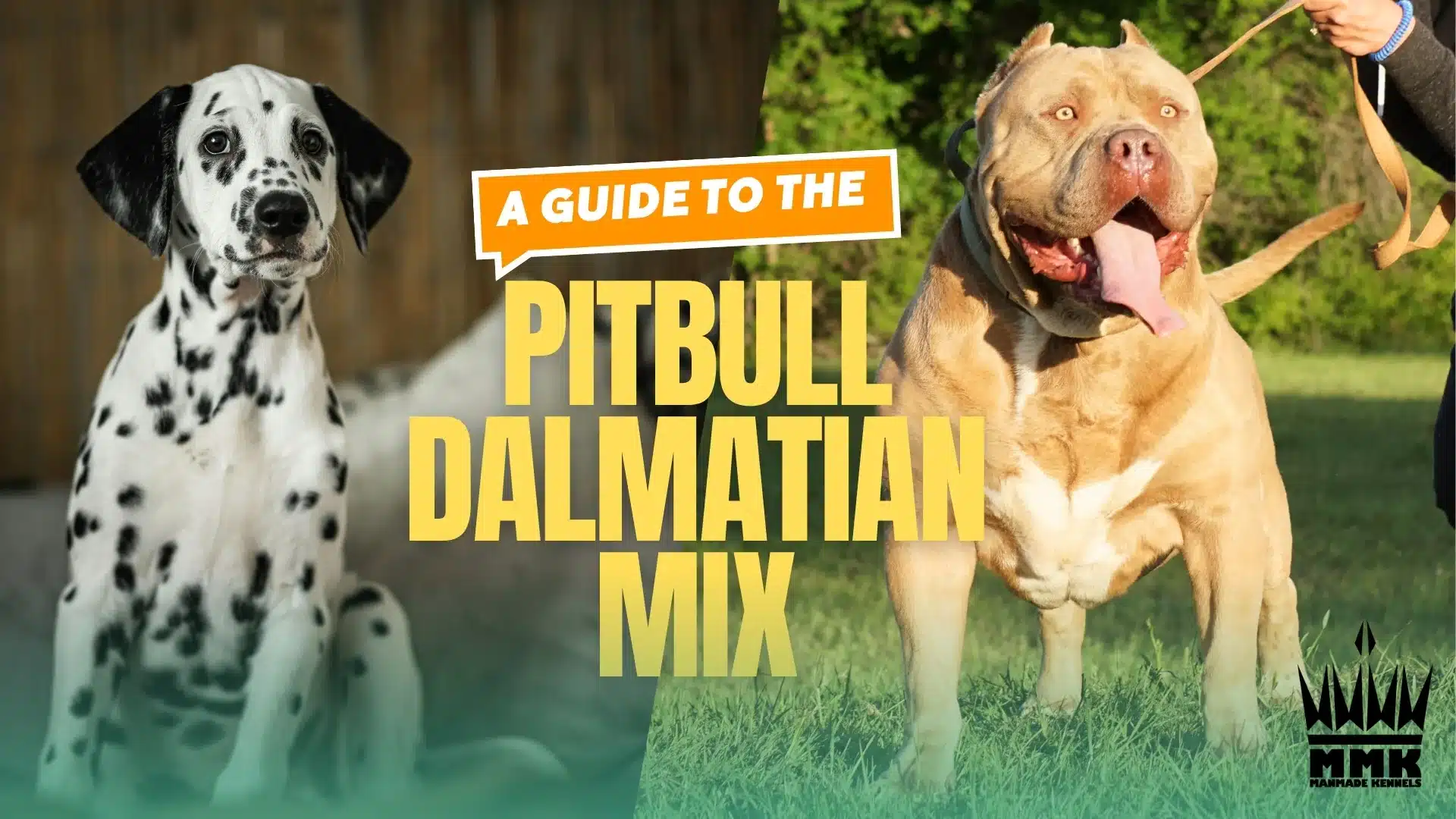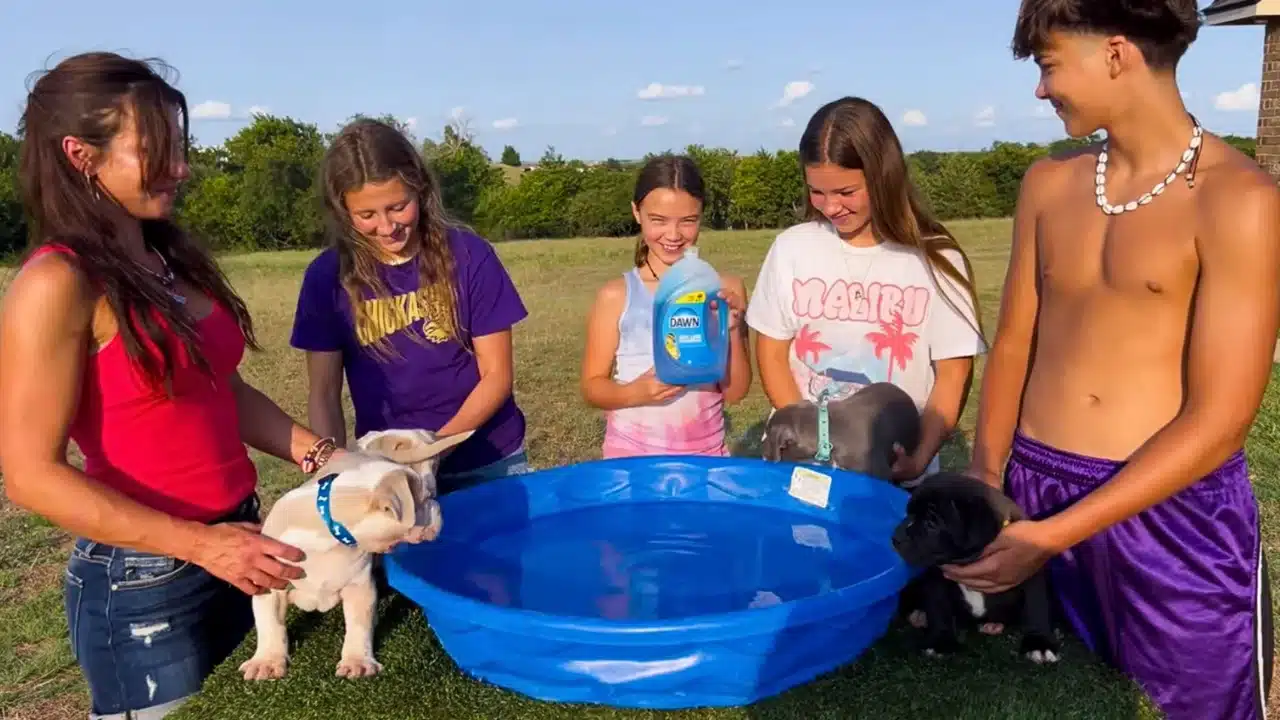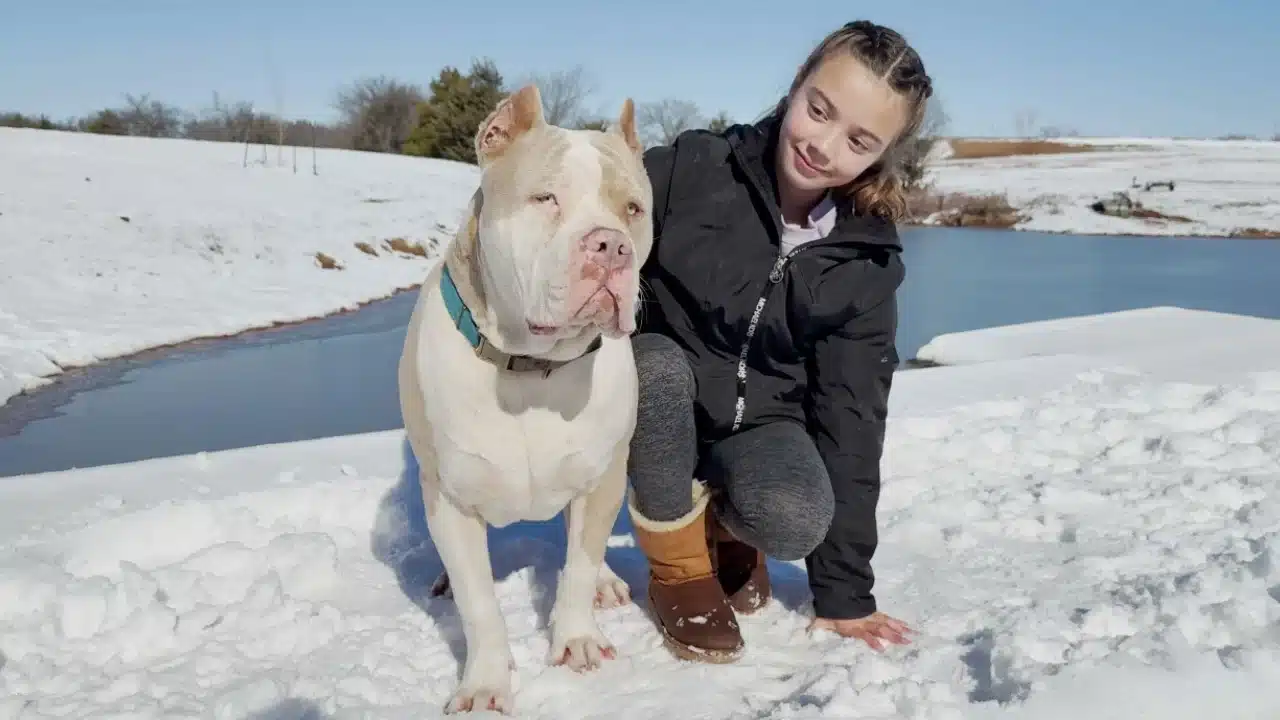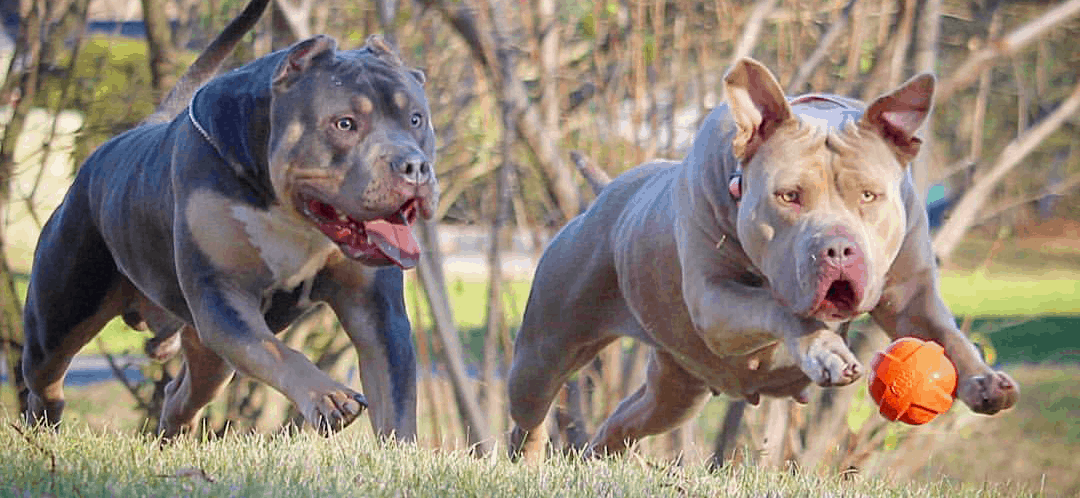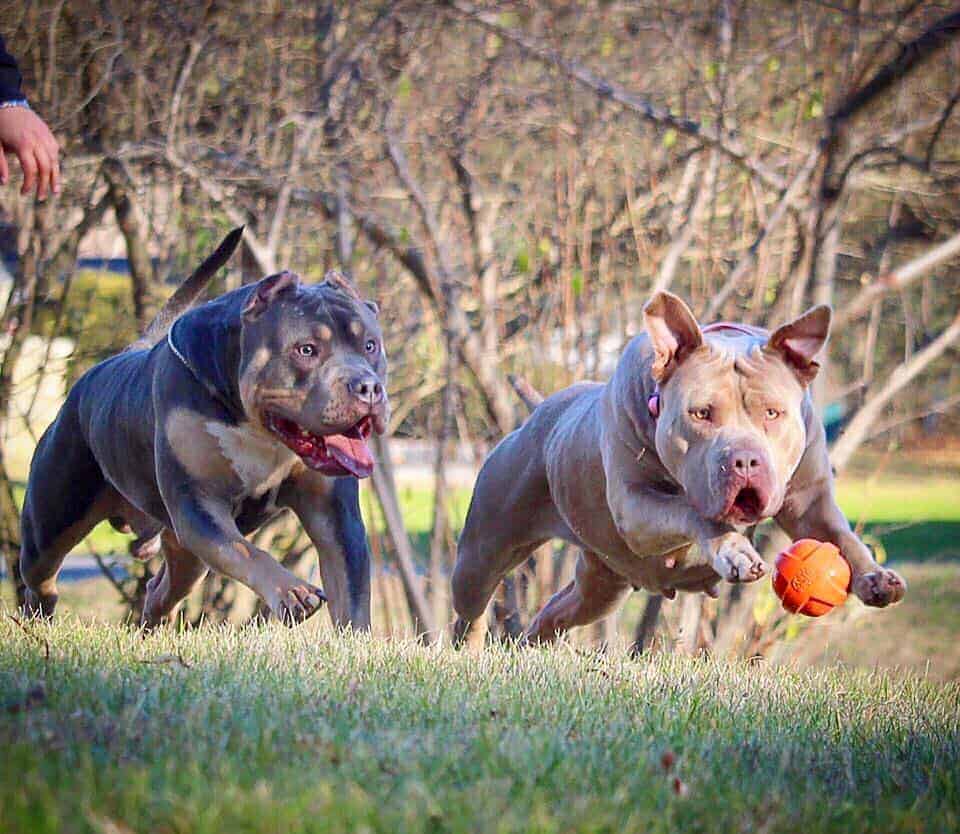Are pitbull puppies easy to train? Popular media often depicts pitbulls as aggressive or difficult to handle, but in reality, they can be highly trainable and obedient when given the proper guidance and training.
Training a pitbull puppy can be an incredibly rewarding experience for owners who are willing to invest the time and effort. With the right approach, pitbull puppies are highly trainable thanks to their intelligence, eagerness to please, and energetic personalities. However, there are unique challenges that come with training this breed.
This article will answer common questions about training pitbull puppies, providing insights for new and experienced dog owners alike.
What is the behavior of a pitbull puppy?
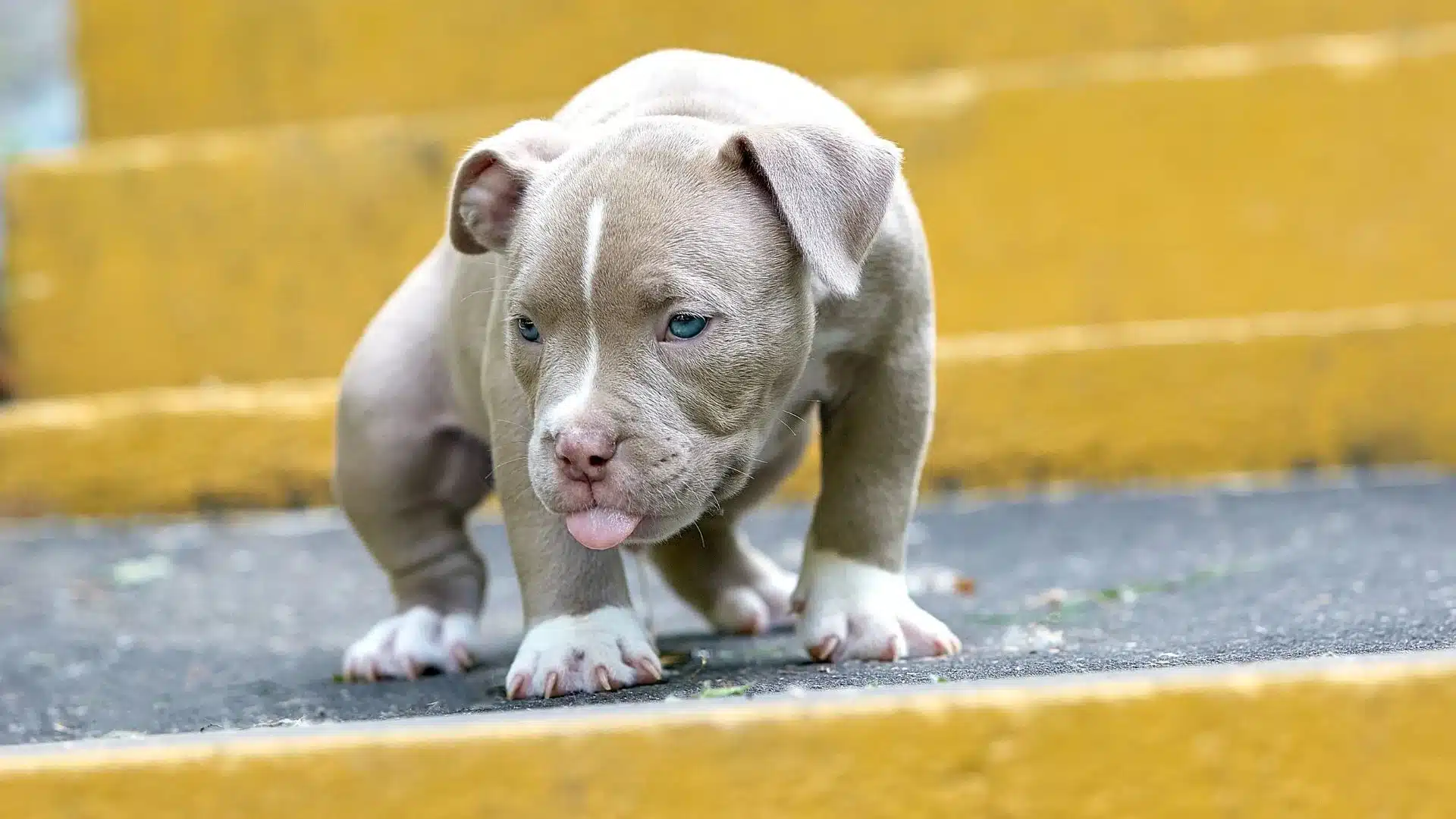
Pitbull puppies possess a unique combination of physical and personality traits that make them stand out among dog breeds. One of the most notable characteristics is their muscular build and athletic appearance. These puppies tend to have a strong, stocky frame, which contributes to their reputation as powerful dogs. Despite their robust stature, Pitbull puppies are also known for their agility and energy, making them playful and spirited companions. Their short, smooth coats come in various colors and patterns, adding to their appeal.
In addition to their physical attributes, Pitbull puppies are renowned for their intelligence and eagerness to learn. They thrive on mental stimulation and enjoy engaging in activities that challenge them. This intelligence can be a double-edged sword, as it can lead to boredom if they are not adequately stimulated or trained. They are highly social animals that form strong bonds with their families, showing affection and loyalty. This bond often leads to a playful and loving demeanor, which makes them excellent companions for both individuals and families.
Pitbull puppies are confident and outgoing, often displaying a friendly disposition towards people and other pets. However, their early socialization is crucial to ensure they develop into well-adjusted adults. While they have the potential for great friendliness, without proper training and exposure to various environments and experiences, they may exhibit undesirable behaviors. Understanding these characteristics is essential for any prospective Pitbull owner, as it lays the foundation for effective training and responsible ownership.
The Importance of Training Pitbull Puppies
Training is an essential aspect of raising a Pitbull puppy, as it not only fosters a strong bond between the dog and owner but also establishes a framework for acceptable behavior. Effective training helps to mitigate any behavioral issues that may arise due to their strong personalities and high energy levels. Without proper guidance, Pitbull puppies may develop habits that can lead to problems in the future, such as excessive barking, jumping, or destructive behavior. Training provides the necessary structure and discipline to help them grow into well-behaved adult dogs.
Moreover, training enhances the safety of both the puppy and those around them. Pitbulls, like any other breed, require socialization and obedience training to interact appropriately with other dogs and people. A well-trained Pitbull puppy is less likely to exhibit aggressive tendencies and can navigate social situations with confidence. This is particularly important given the breed's reputation; ensuring a Pitbull is well-trained can help dispel myths and promote a positive image of the breed.
Finally, training is an opportunity for mental and physical exercise, which is vital for a breed known for its high energy levels. Engaging your Pitbull puppy in regular training sessions can help reduce pent-up energy, preventing behavioral issues stemming from boredom or frustration. By establishing a consistent training routine, you contribute to the overall happiness and well-being of your puppy, setting the stage for a fulfilling life together.
At What Age Should You Start Training a Pitbull Puppy?
Starting early is key when it comes to training pitbull puppies. Ideally, basic training and socialization should begin as soon as you bring your puppy home, usually around eight weeks of age. Early exposure to different environments, people, and other animals will help shape a well-behaved adult dog. If you’re wondering, “Are pitbull puppies easy to train to walk?” leash training can start early with gentle guidance and encouragement to prevent pulling habits.
How to Train a Pitbull Puppy Basic Commands
Starting with basic training commands is crucial for any Pitbull puppy owner. Simple commands such as "sit," "stay," "come," and "down" form the foundation of obedience training. These commands not only help with everyday interactions but also establish you as the leader in the relationship. When teaching these commands, it is important to be patient and consistent. Use clear, concise language, and ensure that everyone in the household uses the same commands to avoid confusing the puppy.
Positive reinforcement is a powerful tool when training a Pitbull puppy. Rewarding your puppy with treats, praise, or playtime for successfully following commands encourages them to repeat the behavior. Timing is key; rewards should be given immediately after the desired action to help the puppy make the connection. Keep training sessions short and engaging, as Pitbull puppies have relatively short attention spans. Aim for multiple brief sessions throughout the day rather than one long session to maintain their interest and motivation.
Consistency is equally important in reinforcing training. Establish a routine that includes regular training times, and set clear expectations for behavior. This consistency helps your puppy understand what is required of them and builds their confidence in completing tasks. Additionally, practice commands in various environments to help your puppy generalize their learning and respond reliably regardless of distractions. By creating a structured and positive training environment, you will help your Pitbull puppy thrive and learn effectively.
To recap,
Teaching basic commands such as "sit," "stay," "come," and "leave it" is fundamental. Here’s how to start:
- Use Positive Reinforcement: Reward your puppy with treats, praise, or playtime when they follow commands correctly.
- Keep Training Sessions Short: Puppies have short attention spans, so keep sessions around 5-10 minutes.
- Be Consistent: Use the same words and gestures for each command to avoid confusion.
Positive Reinforcement Training Methods for Pitbull Puppies
Positive reinforcement is the most effective training method for Pitbull puppies. This approach involves rewarding desired behaviors to encourage their recurrence. Rewards can come in various forms, including treats, verbal praise, or playtime, depending on what motivates your puppy the most. The key is to ensure that the reward is provided immediately after the desired behavior to help your puppy connect the action and the reward.
One popular positive reinforcement technique is clicker training. This method uses a small device that clicks when your puppy performs the desired action. The sound of the click serves as a marker that indicates the exact moment the behavior is correct. After the click, you can follow up with a reward. This method helps your Pitbull understand that they are doing the right thing, reinforcing the behavior effectively. Clicker training can be particularly useful for more complex commands or behaviors, as it provides clear communication.
Keeping training sessions fun and engaging for your Pitbull puppy is essential. Incorporate games and challenges that stimulate their mind while reinforcing good behavior. For instance, you can turn basic commands into a game by rewarding your puppy for following commands quickly or accurately. This makes training enjoyable and strengthens your bond with your puppy. Focusing on positive reinforcement creats a supportive learning environment that encourages your Pitbull to thrive.
Are Pitbull Puppies Easy to Train to not be Aggressive?
Aggression in dogs is often a result of fear, poor socialization, or misunderstanding their behavior. To train a pitbull to not be aggressive:
- Start Early Socialization: Introduce your puppy to various people, animals, and situations in a controlled, positive way.
- Redirect Negative Behaviors: If your puppy shows signs of aggression, calmly redirect their attention to a positive activity.
- Seek Professional Help: If aggression persists, professional trainers can offer tailored solutions.
Common Challenges in Training Pitbull Puppies
While training Pitbull puppies can be a rewarding experience, it has its challenges. One common issue is their stubbornness, particularly when they sense they can test boundaries. Pitbulls are known for their strong-willed nature, which can sometimes lead to resistance during training sessions. To overcome this, it is essential to remain patient and persistent. Avoid punishment, as it can lead to fear or anxiety; instead, focus on gentle redirection and positive reinforcement to guide them toward the desired behavior.
Another challenge is managing their high energy levels. Pitbull puppies are often bursting with energy, which can make it difficult for them to focus during training sessions. To address this, ensure puppy receives ample physical exercise before training. A well-exercised dog is more likely to be calm and attentive during training sessions. Incorporating playtime, walks, and interactive games into your daily routine can help channel their energy positively, making training sessions more productive.
Socialization can also pose challenges, particularly if a Pitbull puppy has not been exposed to various people, pets, and environments early on. Unsocialized puppies may display fear or aggression when confronted with new experiences. To combat this, gradually introduce your puppy to a variety of situations, people, and other animals in a controlled manner. Positive experiences during socialization can help your Pitbull develop confidence and adaptability, reducing the likelihood of behavioral issues later on.
Conclusion: Are Pitbull Puppies Easy to Train?
Training a puppy pitbull is highly rewarding when approached with the right mindset and techniques. Understanding their unique characteristics, the importance of early training, and positive reinforcement methods will lay a solid foundation for a well-behaved adult dog. Incorporating basic and advanced training techniques, socialization, and obedience training, you can help your Pitbull puppy navigate the world with confidence and respect.
Consistency, patience, and a commitment to positive reinforcement are essential elements that will contribute to your success. Every puppy is different, and recognizing their personality will help you tailor your training approach to suit their needs. Embrace the challenges along the way, as they are opportunities for growth and bonding with your puppy.
Ultimately, the key to successful training is fostering a loving, supportive environment where your pit puppy can thrive. With dedication and the right strategies, you will raise a well-trained dog and a loyal companion who brings joy to your life for years to come. Enjoy the journey of training your pitbull puppy, and cherish the moments you share as you build a strong, trusting relationship.
Frequently Asked Questions (FAQ)
1. Are Pitbulls Easy to Take Care Of?
Pitbulls are relatively easy to care for compared to some other breeds. They have short coats that require minimal grooming, and their active nature means they thrive with regular exercise and mental stimulation. However, their high energy levels can be overwhelming for first-time owners without a consistent routine.
2. How Long Does It Take to Train a Pitbull Puppy?
Training duration depends on the specific commands or skills you’re teaching. Basic commands can often be mastered within a few weeks of consistent practice, while advanced training, like how to train a pitbull to be a guard dog, may take months. Patience and dedication are key.
3. How Do Pitbulls Compare to Other Breeds Like Rottweilers?
If you’re considering other breeds, you might ask, “Are Rottweilers easy to train?” Like pitbulls, Rottweilers are intelligent and loyal but may require a firmer hand due to their strong-willed nature. Both breeds respond well to positive reinforcement, but pitbulls are often more eager to please, making them slightly easier to train for first-time dog owners.
You May Also Like
I am a highly skilled content writer and SEO expert with a passion for helping small businesses succeed in the digital world. With my extensive knowledge of the latest SEO techniques and strategies, I have successfully assisted numerous clients in improving their website rankings, generating more leads, and driving a significant increase in website traffic.
As a professional content writer and SEO expert, I am confident in my ability to contribute significantly to the success of small businesses. If you are seeking a results-driven, highly skilled digital marketer who can help you increase your ranking, convert new leads, and see a substantial improvement in website traffic, I would welcome the opportunity to collaborate with you.
Website: https://manmadewebsites.com/
Email: hello@digitalmarketingchap.com

